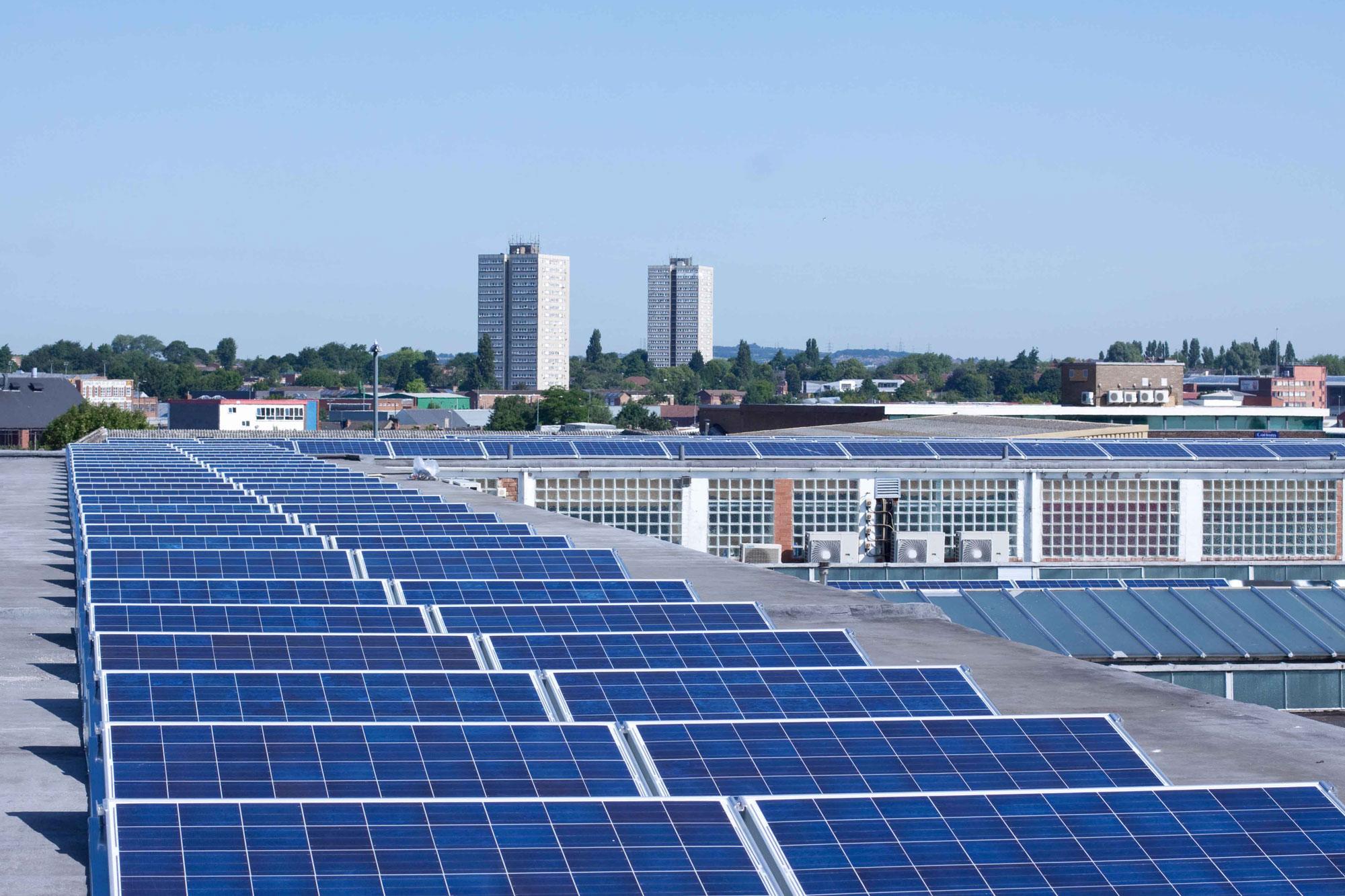PV Solar Market Recent Developments: Key Trends, Innovations, and Insights for a Sustainable Future

The PV solar market has experienced remarkable growth over the past decade, transforming the energy landscape and playing a pivotal role in the global shift towards renewable energy. As governments and businesses increasingly prioritize sustainability, the demand for photovoltaic (PV) technology has surged. This growth is driven by various factors, including technological advancements, favorable policies, and changing consumer attitudes towards energy consumption.
One of the most significant developments in the PV solar market is the continuous improvement in solar panel efficiency. Advances in materials science, particularly with the introduction of bifacial solar panels and perovskite technology, have enhanced the performance of solar modules. Bifacial panels can capture sunlight from both sides, leading to increased energy generation, while perovskite solar cells offer the potential for higher efficiency rates at lower manufacturing costs. These innovations are making solar energy more accessible and economically viable for a broader range of consumers.
In addition to technological advancements, the global push for sustainability has prompted governments to implement supportive policies that foster the growth of the PV solar market. Many countries are setting ambitious renewable energy targets, aiming to achieve significant reductions in carbon emissions by 2030 and beyond. Incentives such as tax credits, grants, and feed-in tariffs are encouraging both residential and commercial investments in solar energy. For instance, the United States has seen a substantial increase in solar installations due to the Investment Tax Credit (ITC), which allows homeowners and businesses to deduct a significant percentage of their solar system costs from their federal taxes.
Moreover, the cost of solar energy has declined dramatically over the past decade. The International Renewable Energy Agency (IRENA) reports that the global weighted-average cost of electricity from solar photovoltaics fell by 89% between 2010 and 2020. This trend is largely attributed to economies of scale in manufacturing, improved supply chain efficiencies, and competitive pricing among solar developers. As the cost of solar technology continues to decrease, it is becoming an increasingly attractive option for energy generation, leading to widespread adoption in both developed and developing countries.
Another noteworthy trend in the PV solar market is the rise of decentralized energy systems. With advancements in energy storage solutions, such as lithium-ion batteries, consumers can now store excess energy generated during the day for use at night or during cloudy periods. This capability empowers homeowners and businesses to become more self-sufficient and resilient, reducing reliance on traditional utility providers. Additionally, the integration of solar power with smart grid technologies is enhancing energy management, enabling real-time monitoring and optimization of energy use.
As the PV solar market evolves, concerns surrounding sustainability and environmental impact are also becoming more prominent. The production and disposal of solar panels raise questions about resource use and waste management. In response, the industry is increasingly focusing on the development of circular economy practices. Initiatives aimed at recycling solar panels and utilizing sustainable materials in manufacturing are gaining traction, ensuring that the growth of the solar market aligns with broader sustainability goals.
Furthermore, the COVID-19 pandemic has accelerated the shift towards renewable energy, as countries seek to rebuild their economies with a focus on green technologies. Recovery packages in many nations are allocating funds towards renewable energy projects, including solar installations. This trend is expected to continue, with governments recognizing the importance of a resilient and sustainable energy infrastructure in the face of future challenges.
In conclusion, the PV solar market is witnessing significant developments that are reshaping the energy landscape. Technological innovations, supportive policies, and a declining cost structure are driving the adoption of solar energy on a global scale. As consumers become more conscious of their energy choices, the demand for sustainable solutions is likely to rise. The future of the PV solar market looks promising, with continued advancements paving the way for a cleaner, more sustainable energy system. As the industry adapts to challenges and embraces opportunities, it will play a crucial role in achieving global climate goals and fostering a sustainable future for generations to come.
- Art
- Causes
- Crafts
- Dance
- Drinks
- Film
- Fitness
- Food
- Games
- Gardening
- Health
- Home
- Literature
- Music
- Networking
- Other
- Party
- Religion
- Shopping
- Sports
- Theater
- Wellness


